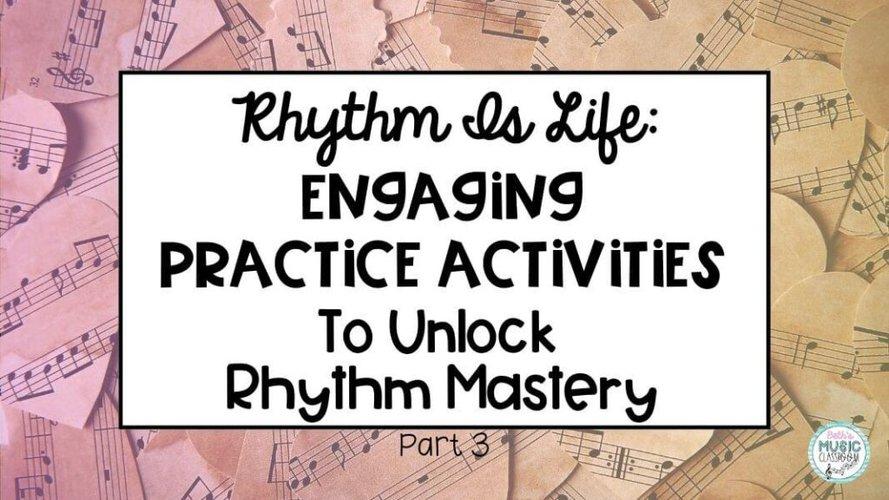Unlock the Rhythms of Ghana: A Journey into Customary and Modern Ghanaian Dance
Table of Contents
Meta Title: Ghana’s Captivating Dance Scene: Explore Traditions and Modern Marvels
Meta Description: Embark on a vibrant journey into the captivating dance traditions of Ghana, from ancient rituals to contemporary expressions. Discover the vibrant rhythms, energetic movements, and cultural importance of Ghanaian dance.
Introduction
Ghana, the heart of West Africa, pulsates with an irresistible rythm that finds expression in its captivating dance forms. From the sacred rituals of traditional dances to the exhilarating beats of modern Afrobeats, Ghanaian dance is a vibrant tapestry that reflects the country’s rich history and vibrant culture.
In this extensive guide, we delve into the vibrant world of Ghanaian dance, exploring its traditional roots, modern evolutions, and the cultural significance it holds for Ghanaians and dance enthusiasts worldwide.
Traditional Ghanaian Dances
Adowa
Originating from the Ashanti people
Performed at festivals and special occasions
Characterized by majestic and elegant movements
Symbol of royalty and unity
Kpanlogo
Originating from the Ga people
Popular in coastal regions
Lively and energetic, with intricate footwork
Often performed with drums and rattles
Agbadza
Originating from the Ewe people
Performed at religious festivals
Features vigorous drumming and acrobatic dance
Symbol of the resilience and spirituality of Ewe culture
Modern Ghanaian Dances
Azonto
Emerged in the early 2010s
characterized by fast-paced, shoulder-shaking moves
Popularized by Ghanaian musicians like Sarkodie
Known for its infectious energy and fun-loving spirit
Afrobeat
Inspired by traditional Ghanaian rhythms and Nigerian Afrobeat
Fusion of electronic sounds and traditional percussions
Popularized by Ghanaian artists like Fuse ODG and Stonebwoy
Celebrates the vibrant culture and creativity of contemporary Ghana
Benefits of Ghanaian Dance
Physical Fitness: ghanaian dance provides a full-body workout, improving flexibility, coordination, and endurance.
Cultural Enrichment: It is an immersive way to connect with Ghanaian culture and history.
stress Relief: The rhythmic movements and energetic beats have a calming and therapeutic effect.
Social Connection: Dancing is a communal activity that fosters a sense of community and brings people together.
Practical Tips
find a Ghanaian dance class: Look for studios or community centers offering classes in traditional or modern Ghanaian dance.
Attend workshops or festivals: Take advantage of special events and workshops to learn from master dancers.
Immerse yourself in Ghanaian music: Listen to popular Ghanaian music and videos to get a feel for the rhythms and beats.
Practise regularly: Consistent practice is key to improving your dance skills and confidence.
Case Study: Ama Serwaa Dance company
Ama Serwaa Dance Company is a renowned Ghanaian dance company that has been promoting traditional and contemporary Ghanaian dance for over two decades. Founded by award-winning choreographer Ama Serwaa,the company has performed on international stages,winning accolades for its innovative and vibrant productions.
Conclusion
Ghanaian dance is a testament to the country’s rich cultural heritage and the vibrant creativity of its people. From ancient rituals to modern expressions, Ghanaian dance continues to captivate and inspire, connecting people and bridging cultural divides.
Whether you are a seasoned dancer looking to delve into new forms or a curious beginner eager to experience the vibrant rhythms of Ghana, there is something for everyone in the world of Ghanaian dance.
By exploring its traditions, embracing its evolution, and immersing yourself in its rhythms, you too can unlock the captivating dance scene of Ghana and feel the pulse of this vibrant African nation.

